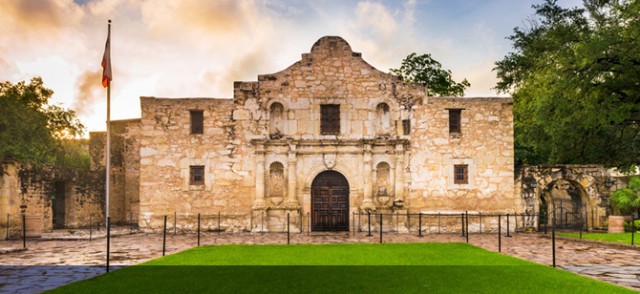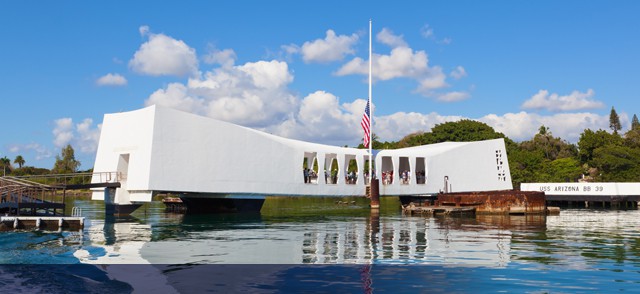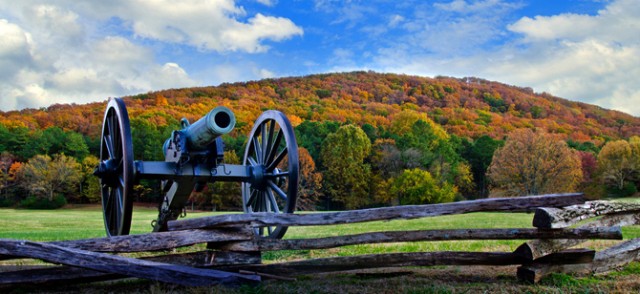
A key conflict of the Texas Revolution, the Siege and Battle of the Alamo is generally accepted as a defining moment in the formation of American character and culture. This program follows the story of the Alamo from the capture of the garrison and its commander through its fortification and siege in the possession of Texian joint command, to the massacre of its defenders–ordered by Mexican leadership. On the Texian side, the leadership focus is on determination, effective execution in spite of severely limited resources, and tactical innovation in the face of insurmountable odds. From the Mexican perspective, the emphasis is on underestimating the competition, as well as the power of complacency and inflexibility to undermine operational effectiveness. The battlefield in the heart of historic downtown San Antonio, even today amid concrete and steel, still resounds with the cry, “Remember the Alamo!”





